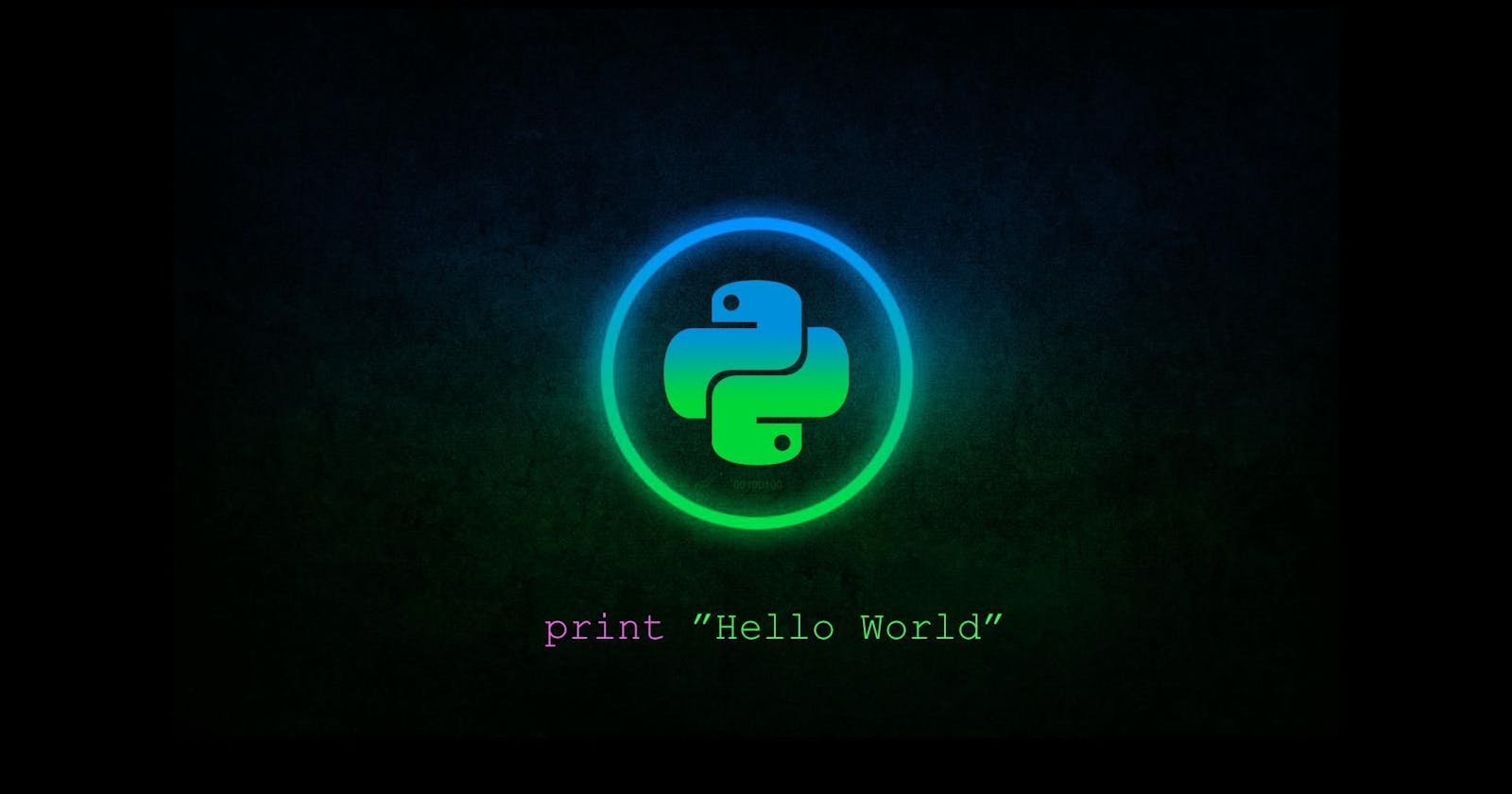What are Lists?
Lists are mutable, meaning their elements (values) can be changed after the list is created.
Lists are defined using square brackets
[].Elements in a list are separated by commas.
Here's an example of a list:
# Example of a list
my_list = [1, 2, 3, 'apple', 'banana', True]
# Accessing elements in a list
print("First element:", my_list[0])
print("Second element:", my_list[1])
# Modifying an element in the list
my_list[2] = 99
print("Modified list:", my_list)
# Adding elements to the end of the list
my_list.append('orange')
print("Updated list:", my_list)
What are Tuples?
Tuples are immutable, meaning their elements cannot be changed after the tuple is created.
Tuples are defined using parentheses
().Elements in a tuple are separated by commas.
Here's an example of a tuple:
# Example of a tuple
my_tuple = (1, 2, 3, 'apple', 'banana', True)
# Accessing elements in a tuple
print("First element:", my_tuple[0])
print("Second element:", my_tuple[1])
# Attempting to modify a tuple will result in an error
# my_tuple[2] = 99 # This line will raise a TypeError
# Concatenating tuples
new_tuple = my_tuple + ('orange', 'grape')
print("Concatenated tuple:", new_tuple)
In summary, the key difference is that lists are mutable, allowing you to modify, add, or remove elements, while tuples are immutable, providing a fixed structure once created.
Choose between them based on the specific requirements of your program. Use lists when you need a dynamic, changeable collection, and use tuples when you want a fixed, unchangeable collection.
Real world example
In a DevOps context, lists and tuples are often used to manage and organize configuration data, server information, or deployment parameters. Let's look at two real-world examples:
1. Managing Server Configurations with Lists:
Imagine you have a DevOps script that needs to manage configurations for multiple servers, such as IP addresses, hostnames, and roles. Using a list, you can easily organize this information:
# Example of managing server configurations with a list
servers = [
{"hostname": "web-server-1", "ip": "192.168.1.10", "role": "web"},
{"hostname": "db-server-1", "ip": "192.168.1.20", "role": "database"},
{"hostname": "app-server-1", "ip": "192.168.1.30", "role": "application"},
]
# Iterate through servers and perform actions
for server in servers:
print(f"Configuring {server['role']} server: {server['hostname']} ({server['ip']})")
# Additional configuration tasks for each server
2. Specifying Deployment Environments with Tuples:
Suppose you need to deploy an application to different environments, such as development, staging, and production. Using tuples, you can define immutable environments:
# Example of specifying deployment environments with tuples
environments = ('development', 'staging', 'production')
# Select the deployment environment
selected_environment = 'staging'
# Deploy the application based on the selected environment
if selected_environment in environments:
print(f"Deploying to {selected_environment} environment...")
# Additional deployment tasks
else:
print(f"Invalid environment: {selected_environment}")
Additional resources
You can checkout this repository by Abhishek Veeramalla. Click here.
What's next?
In the next article in this blog series, we will look into loops in Python.
Stay tuned.
